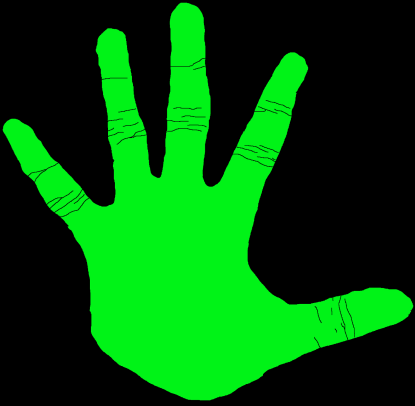Alright, who’s up for a game where you find out how biased the search engines are? It’s easy, as you’ll see.
For this entry, you just need to do 2 different searches. Image searches. Type in “white couple”, and see how many images pop up of a white couple. Then type in “black couple”, and see how many images of a black couple show up.
Bing results of “white couple” image search:

Actual white couple count: 28/30 (including 1 gay couple with a black baby, and 1 lesbian couple)
93% accuracy
DuckDuckGo results of “white couple” image search:

Actual white couple count: 43/53
85% accuracy
Google results of “white couple” image search:

Actual white couple count: 27/40 (including an image of Trump and Hillary, and some woman going to prison [doesn’t have to do with a “couple”])
68% accuracy
Bing results of “black couple” image search:

Actual black couple count: 30/30
100% accuracy
DuckDuckGo results of “black couple” image search:

Actual black couple count: 56/56
100% accuracy
Google results of “black couple” image search:

Actual black couple count: 39/40
98% accuracy
What other biased/inaccurate searches can we come up with?

I figures out what is going on here. You are not looking at the results like a machine would. The majority of the couples that are out of place, “not white”, are actually against white backgrounds or wearing white shirts or the picture is black and white. The search result is taking your inquiry “white couple” and returning anything to do white and couple.
LikeLike
That’s obviously not correct. Look at how many black couples have white backgrounds in their pictures.
Also there are many dark and nature backgrounds for white couples. There are also arab/indian/latin-american looking faces, that were counted as “white”, which they are not. If you count exactly, there are 8 (or 9, black and white image is unclear) false positives in the first example image. White is not lighter skinned, it’s a type.
The more likely reason, is that the training set was chosen to err on being more inclusive for “white couples”, while making sure not to err for “black couples”. Otherwise black would include many more lighter skinned black people as well, and people who have more mixed features, and cannot be identified clearly.
The results however for “black couple” shows no pictures that leave any doubt.
The couples are also very stereotypical media examples for both, which makes it likely the training set is biased already.
LikeLike
Type in ‘couple’. Mostly white. Only non-white needs a qualifier.
LikeLike